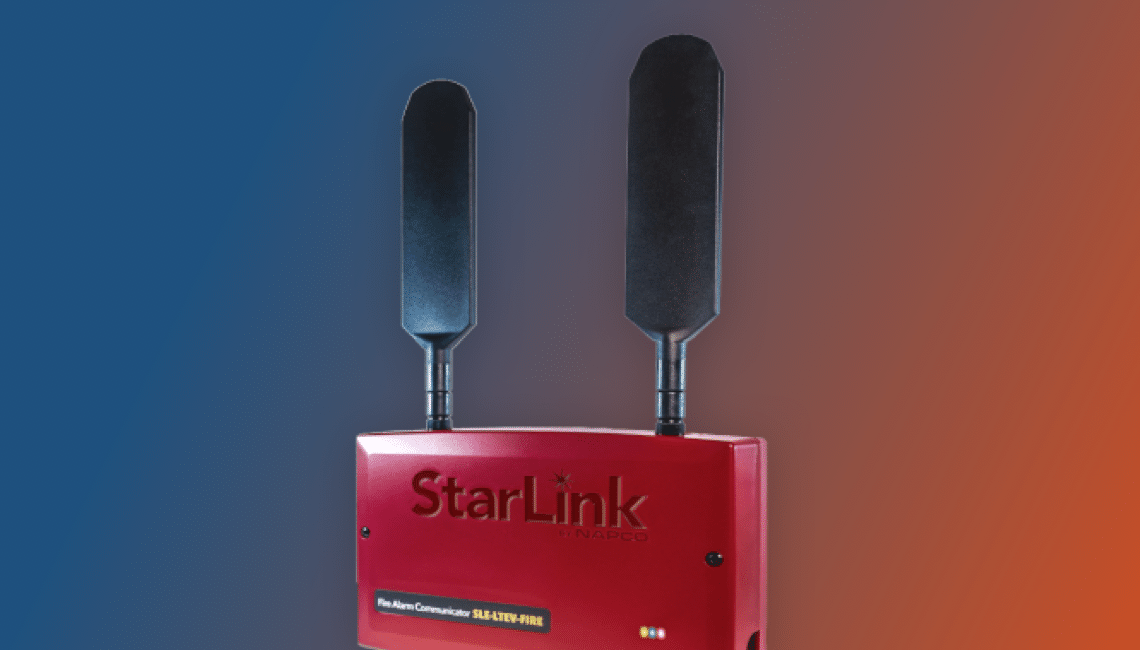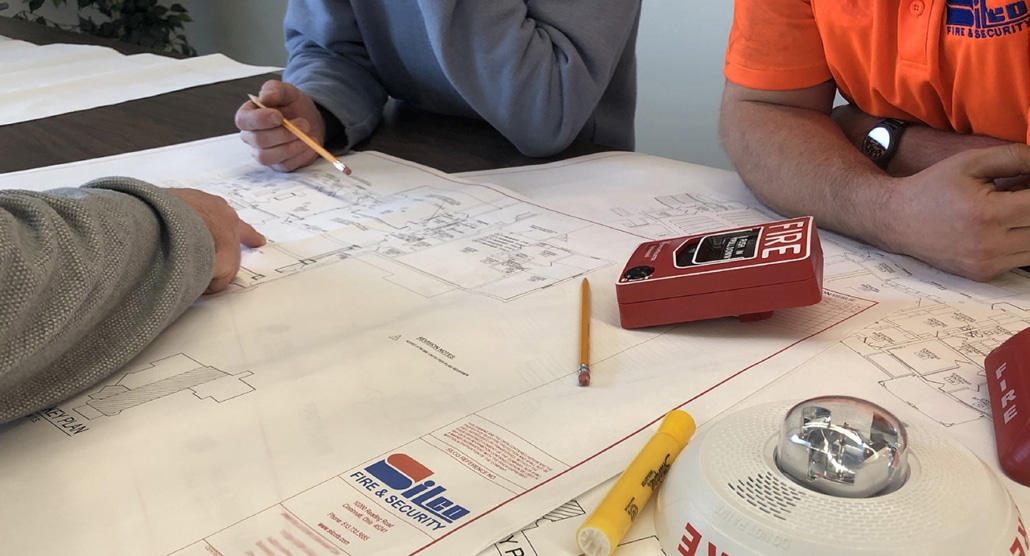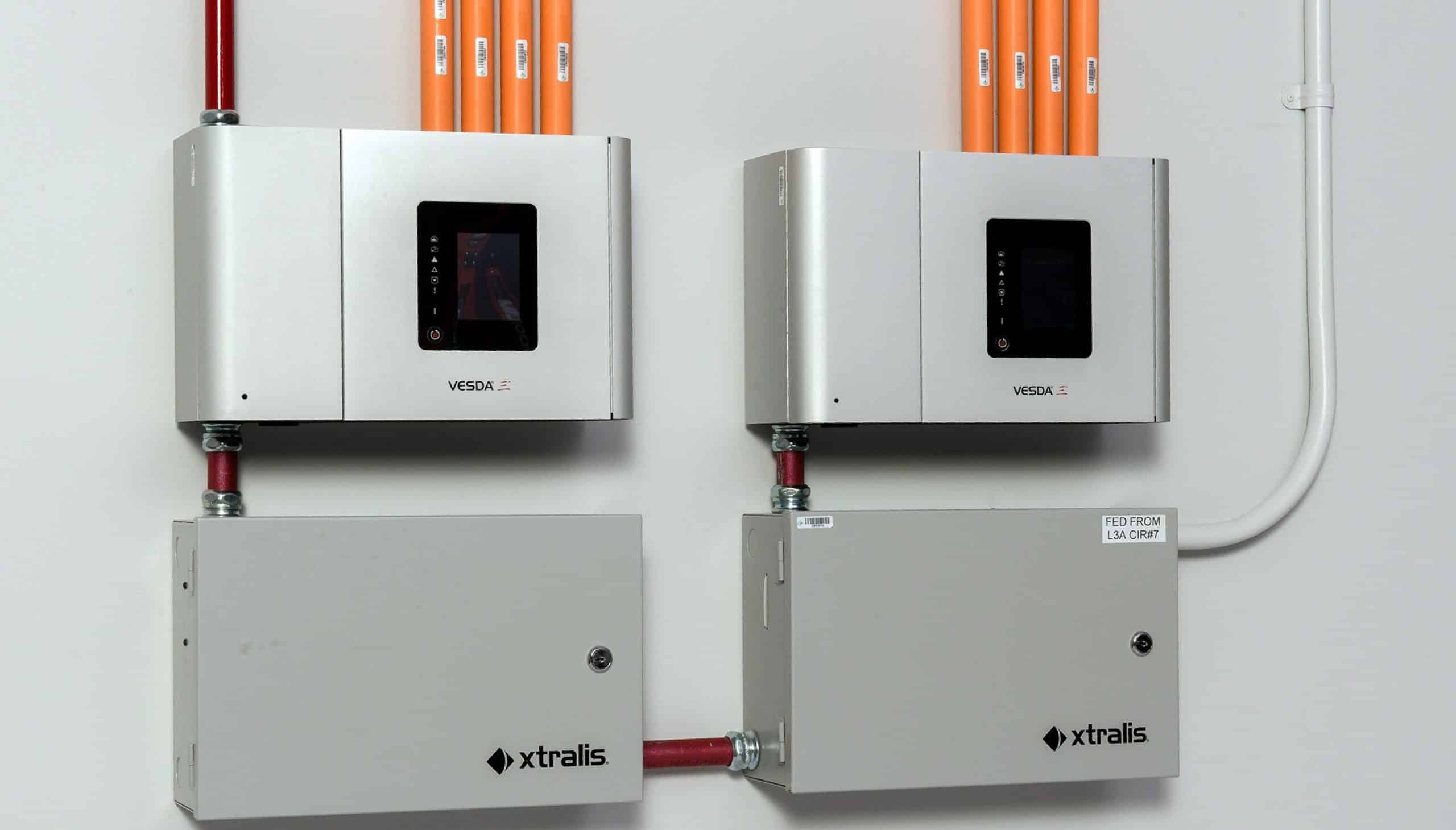FIRE PROTECTION
Inspections, service & monitoring
Silco can inspect, service and monitor virtually all brands of fire alarm systems, including many proprietary brand systems, because of this over 45,000 customers rely on Silco for periodic inspection, service and monitoring of critical fire protection equipment. Silco fire alarm technicians also carry sprinkler and engineered suppression systems licenses allowing them to test your entire “system” instead of only the alarm components.
At the point at where these systems interconnect are some of the most critical components of the overall system and are often not tested or not tested properly. A consistent technician is very important to our customers, for that reason Silco assigns a primary technician to your account so that we become familiar with you and your facility. Also, for peace of mind, Emergency service is available 24 hours a day, 7 days per week. Silco realizes that long term quality people make the difference.
Monitoring
Many of our customers are getting rid of their expensive POTS telephone lines and migrating to internet or cellular monitoring since these older lines are becoming increasingly unreliable.
Because of the lack of reliability, in 2013, NFPA 72 began prohibiting new fire alarm installations from being monitored over telephone lines only. If you would like to learn more about eliminating your phone lines, please send us a message.
Frequently asked questions
What do I do when I hear the fire alarm?
First, and most importantly treat all fire alarms as if they are real, then proceed to the nearest and safest exit and wait for instructions by your local authority.
What happens during a fire alarm system inspection?
During a typical annual inspection, we test every fire alarm device for proper operation. The inspection report given to the customer details all inspected equipment.
Why is my fire alarm panel always beeping?
Most of the time your fire alarm control panel should be silent, but if you are experiencing frequent audio alerts you may need to contact Silco to determine the cause of the problem.
How often do the batteries need to be replaced in my fire alarm control panel?
Silco recommends replacing the battery on a 3 year interval. Although some components on wireless systems may require more frequent battery replacements.
Does my fire alarm need to be monitored?
In most cases yes, all newer systems installed in the last 15 years or so, are required to be monitored. If you have an older system that is not monitored, you may have been grandfathered. However, Silco recommends all fire alarms to be monitored.
Fire alarm design, installation & programming
Silco employs a team of NICET fire system design engineers, trained and certified fire alarm technicians, as well as seasoned fire alarm account executives to assist you from the design phase, all the way to implementation of the product in your facility.
Generally, most companies outsource this service to other larger contractors around the country. Our in-house design team can make site visits, revisions and deliver engineered drawings to our customers on demand. Upon approval, our certified technicians can install, program, repair and perform maintenance on your alarm system.
Voice evacuation & mass notification
Now, they are installing fire alarm systems with a mass notification component. The reasons are pretty straightforward—horns and strobes only communicate when there is an alarm.
These systems can direct building occupants on what to do and where to go during a multitude of potential emergencies. In a large building or campus environment, instructions may vary by area or building.
Occupants can receive specific instructions for non-fire emergencies such as an active shooter or tornado.
VESDA – Very Early Warning Aspirating Smoke Detection
Traditional smoke detectors, considered passive smoke detection, require smoke to migrate to the detector and enter the smoke chamber to cause an alarm.
VESDA uses air sampling technology and draws in air from various points then analyzes the air for smoke particles. The result is dramatically quicker detection, and these systems are ideal for protecting critical areas such as server rooms, museum archives, evidence rooms, and telecommunication rooms.







